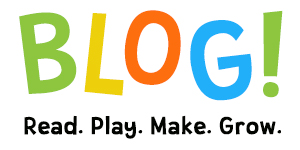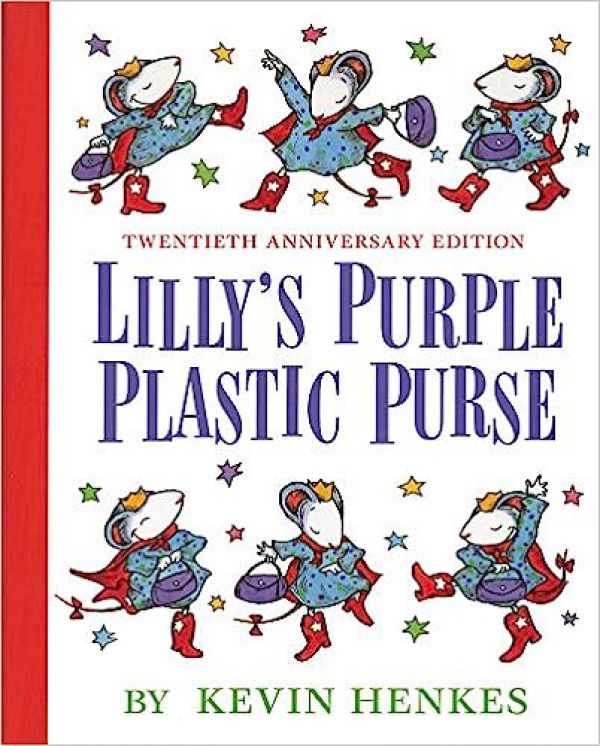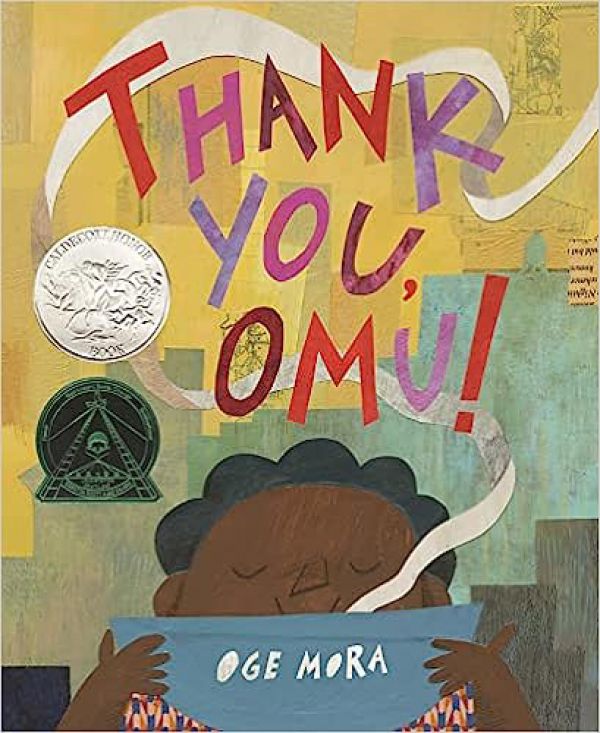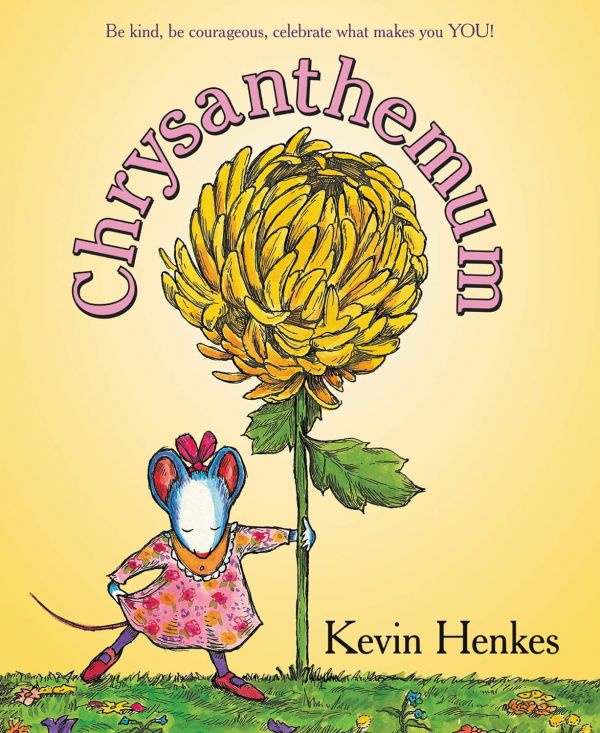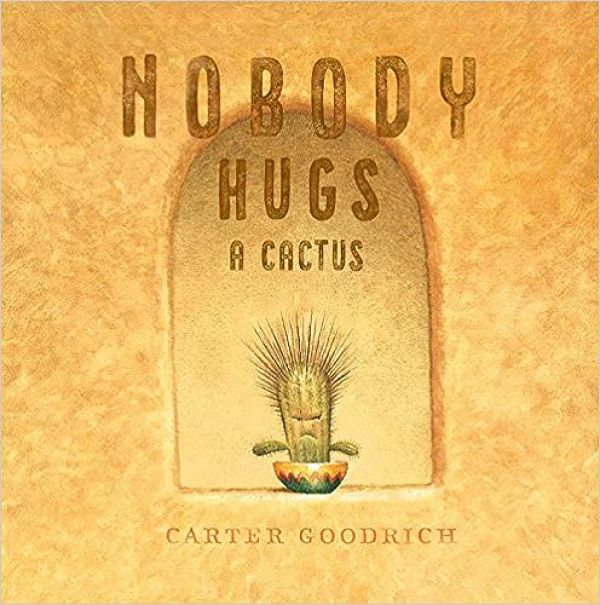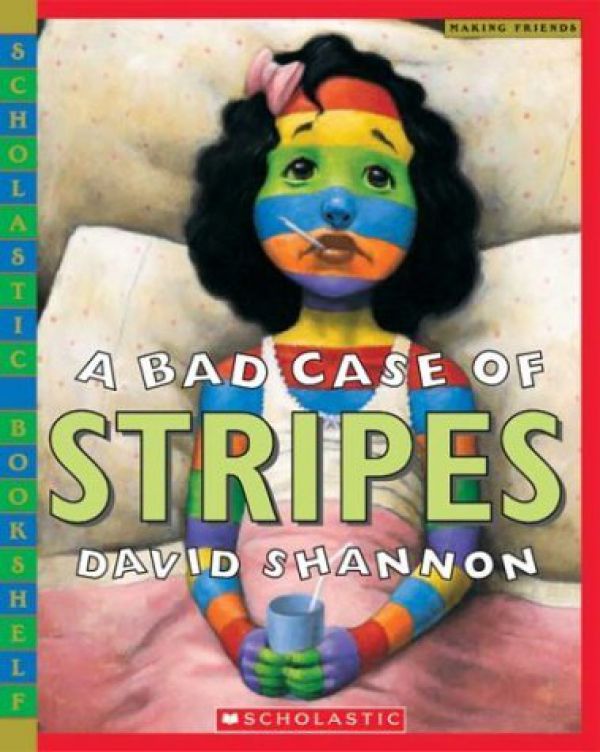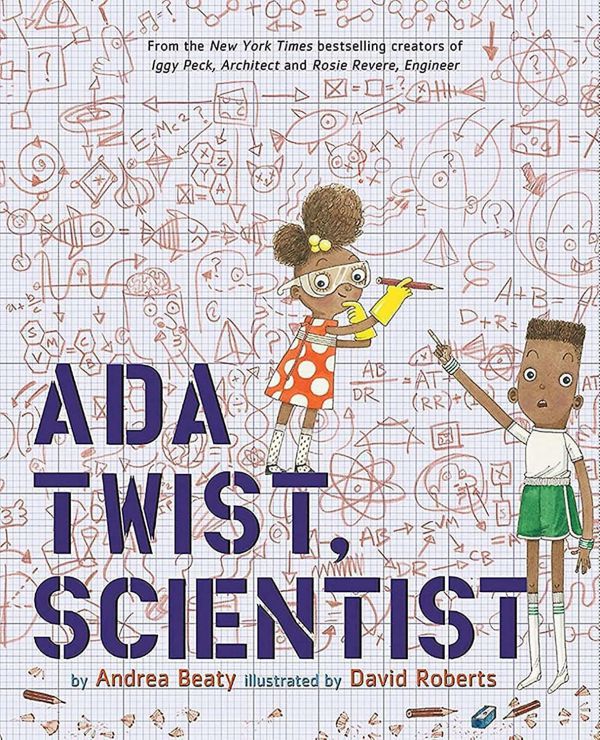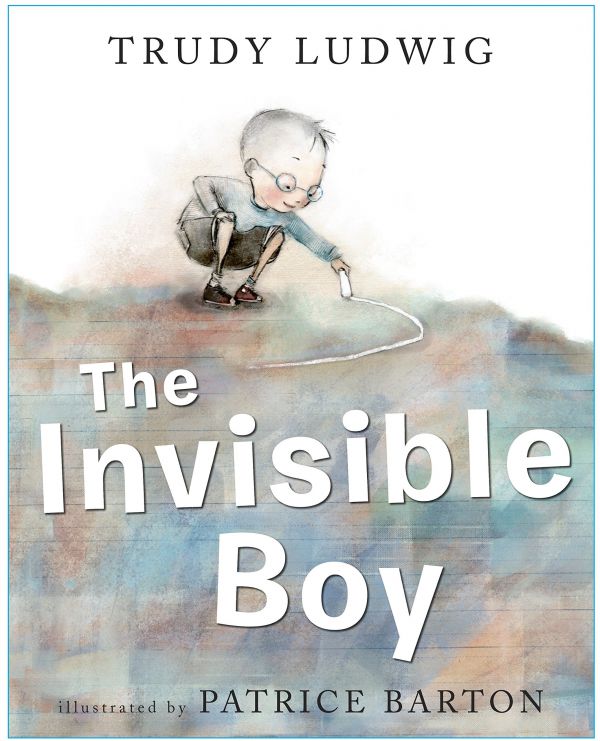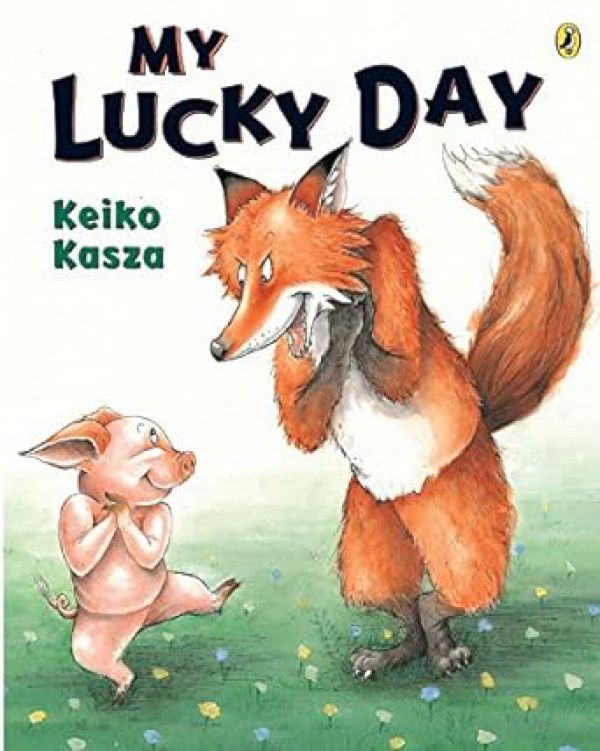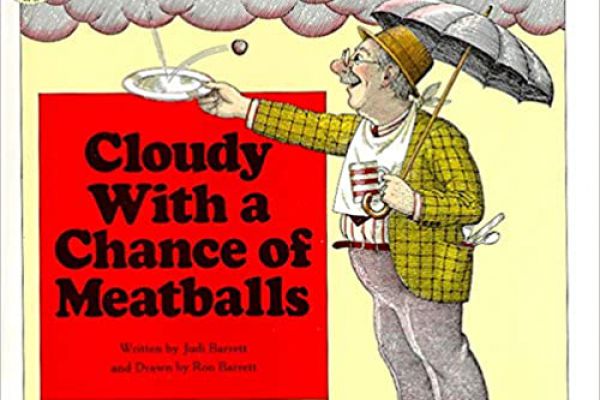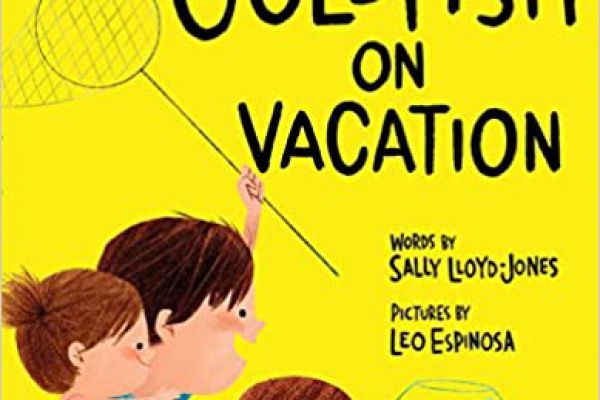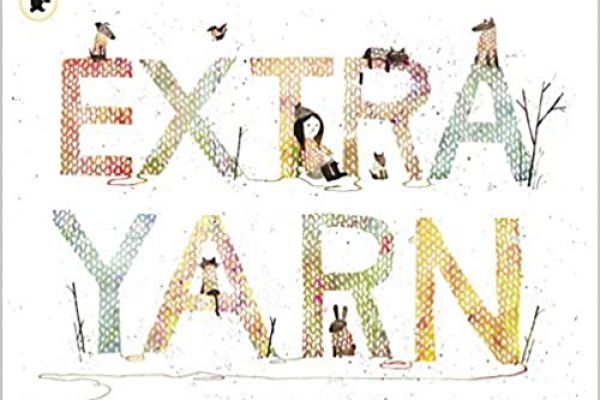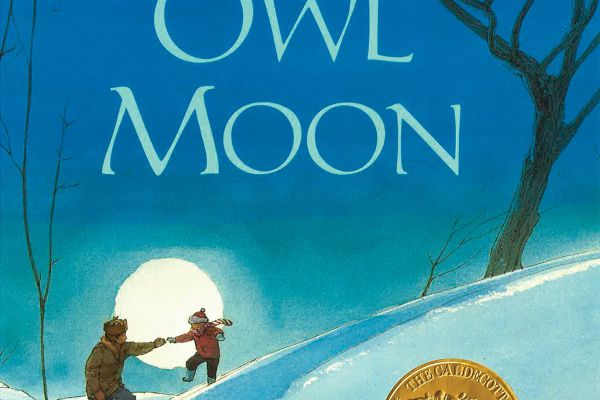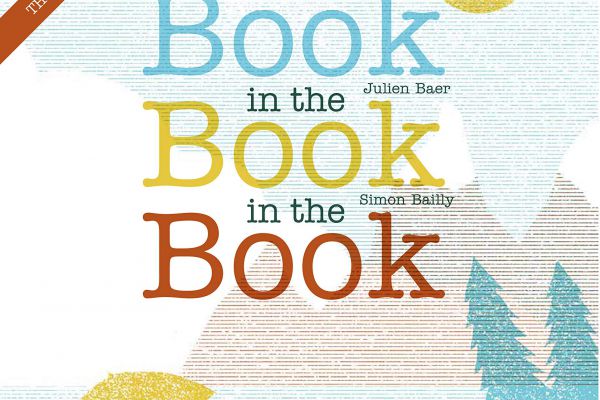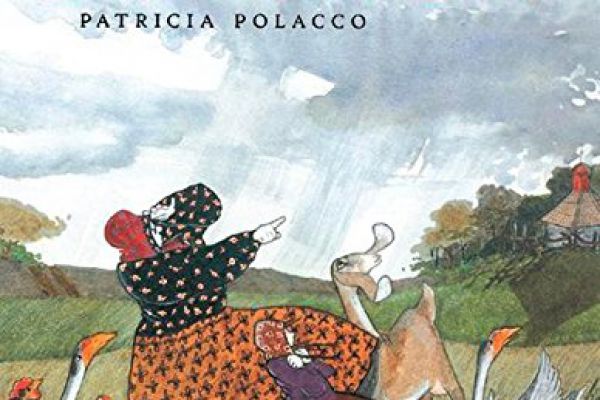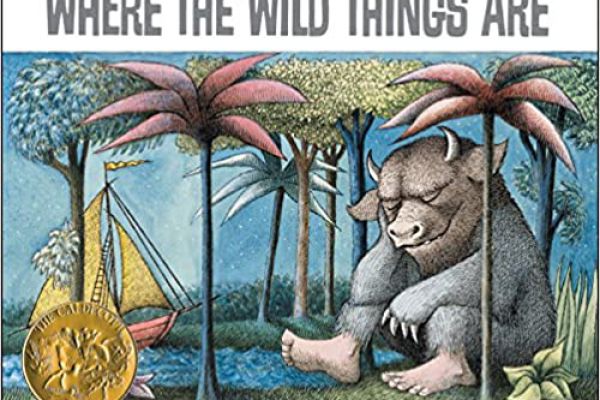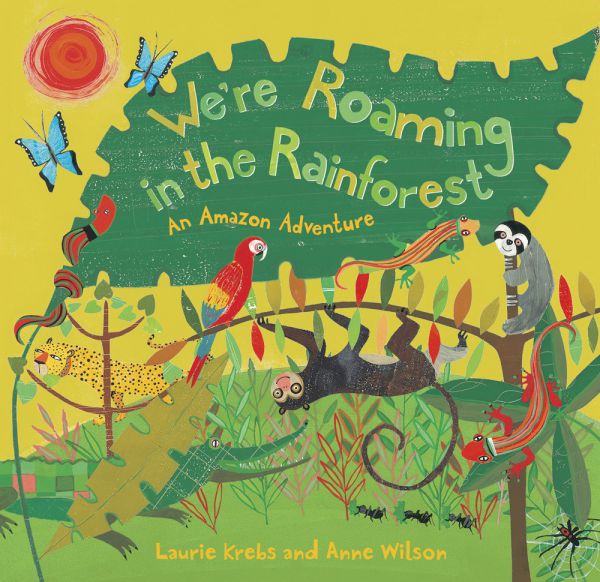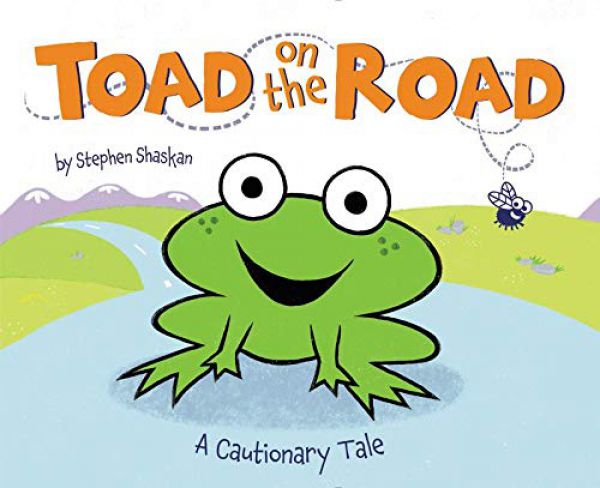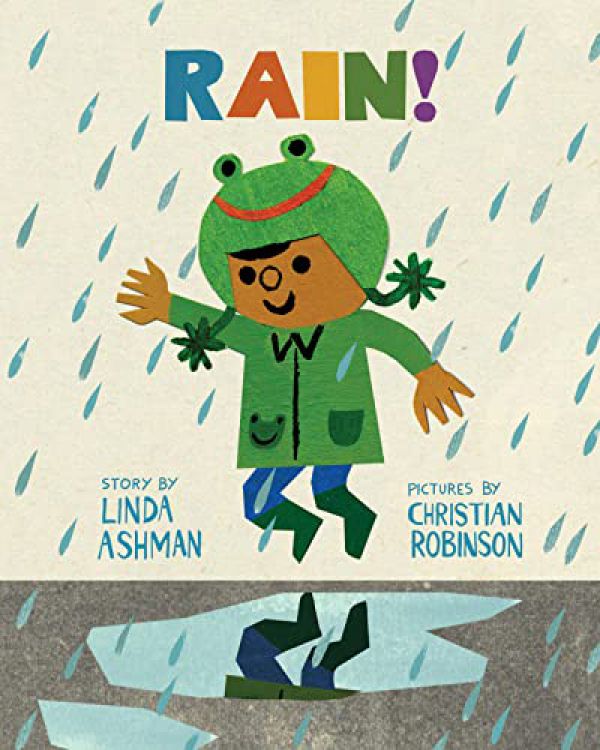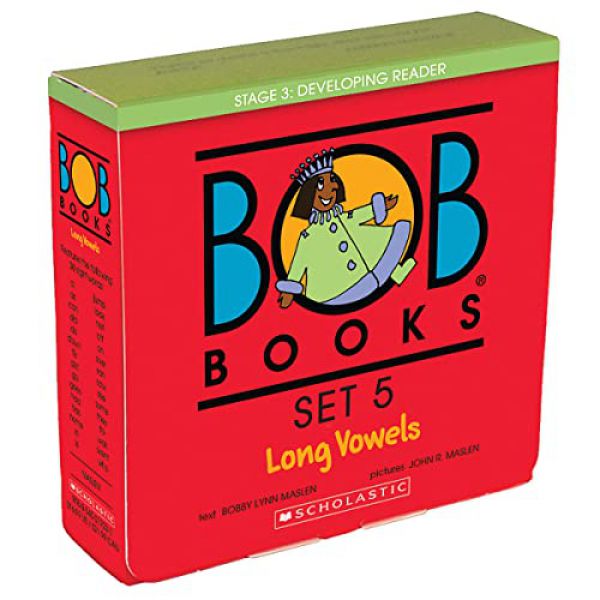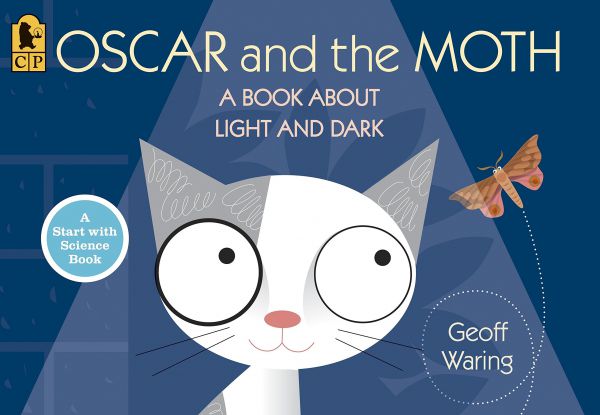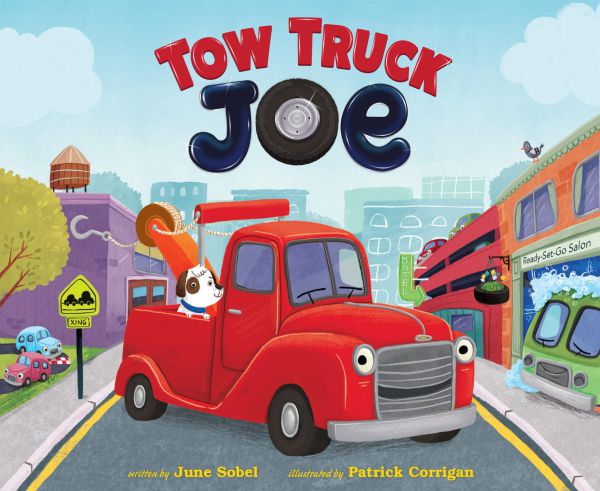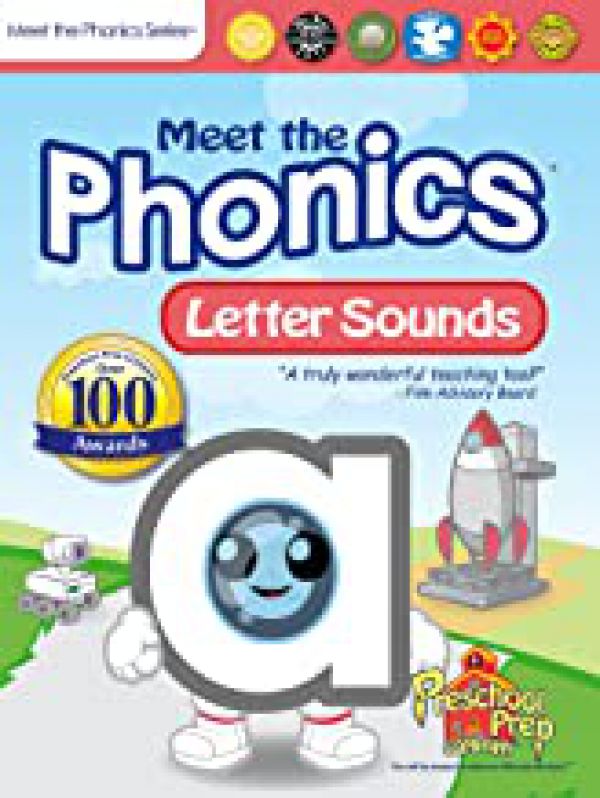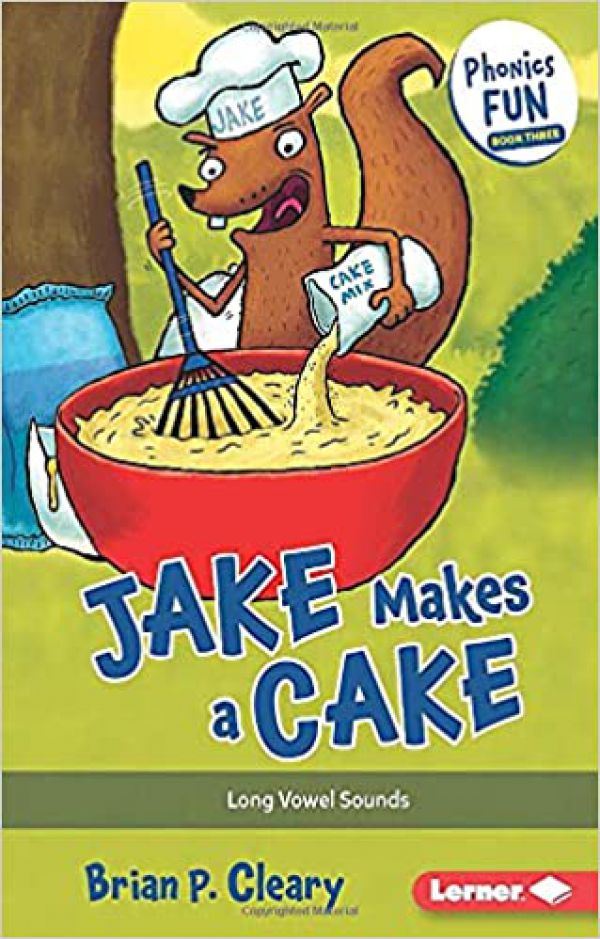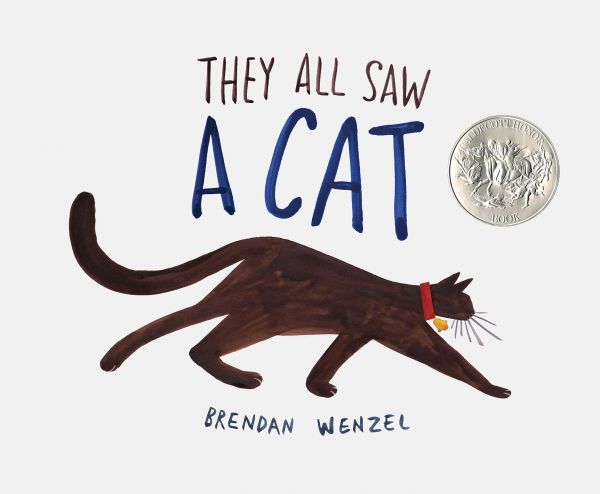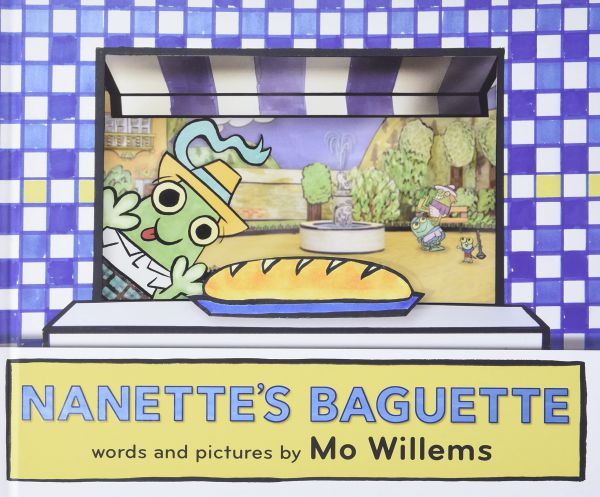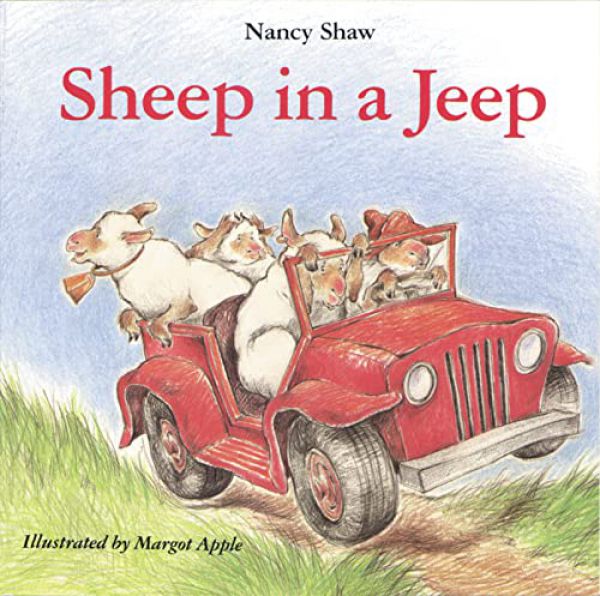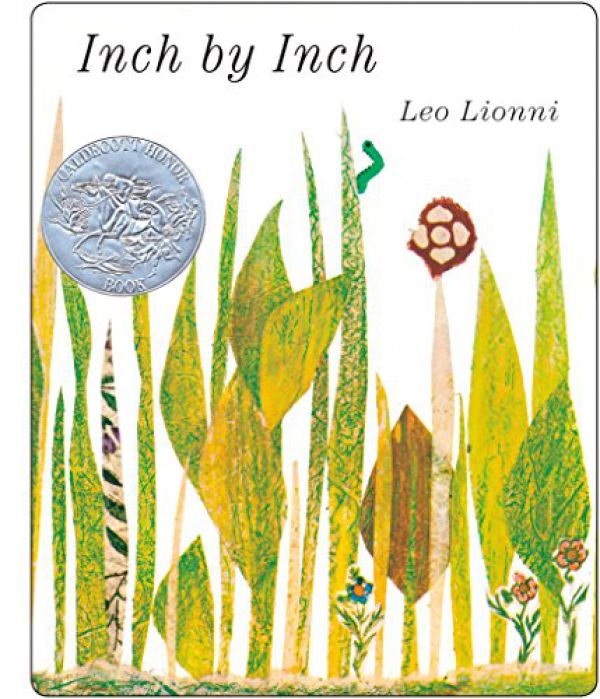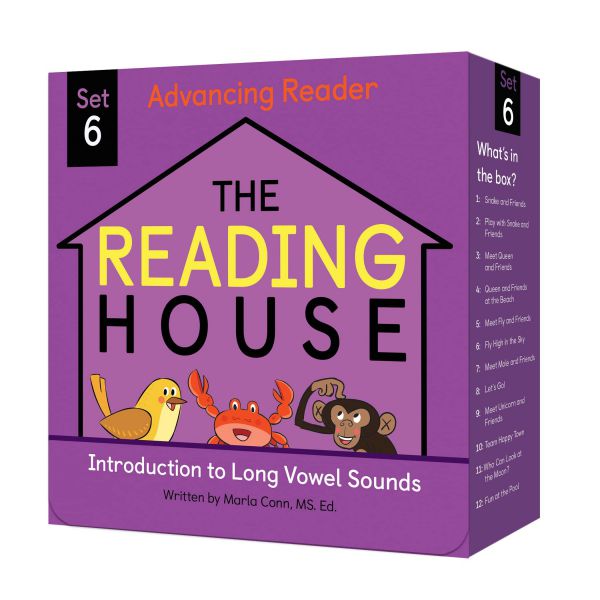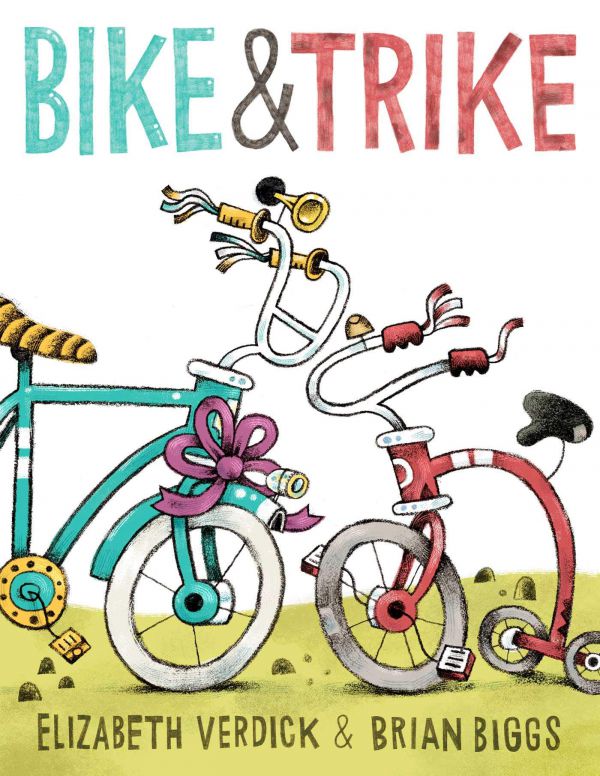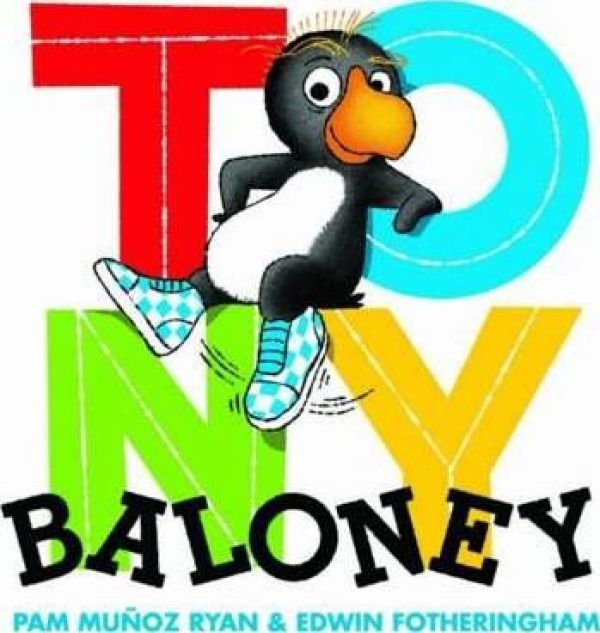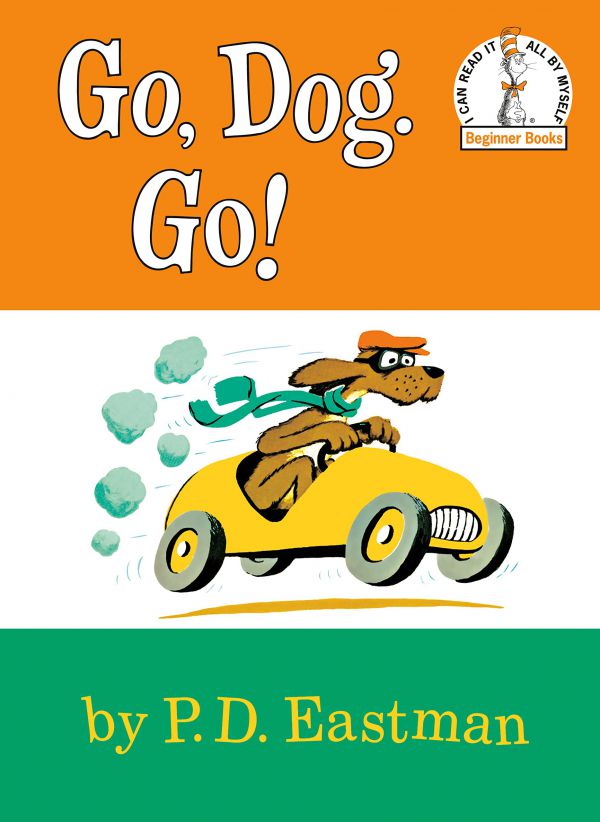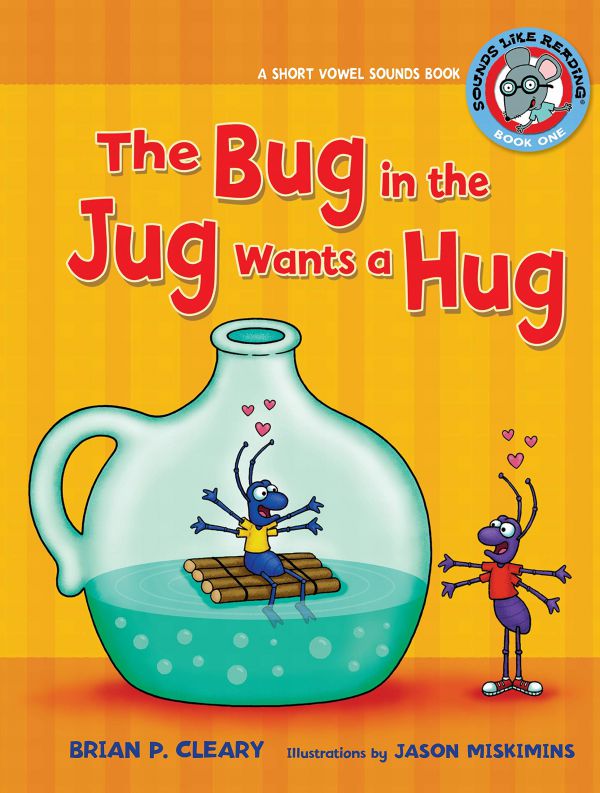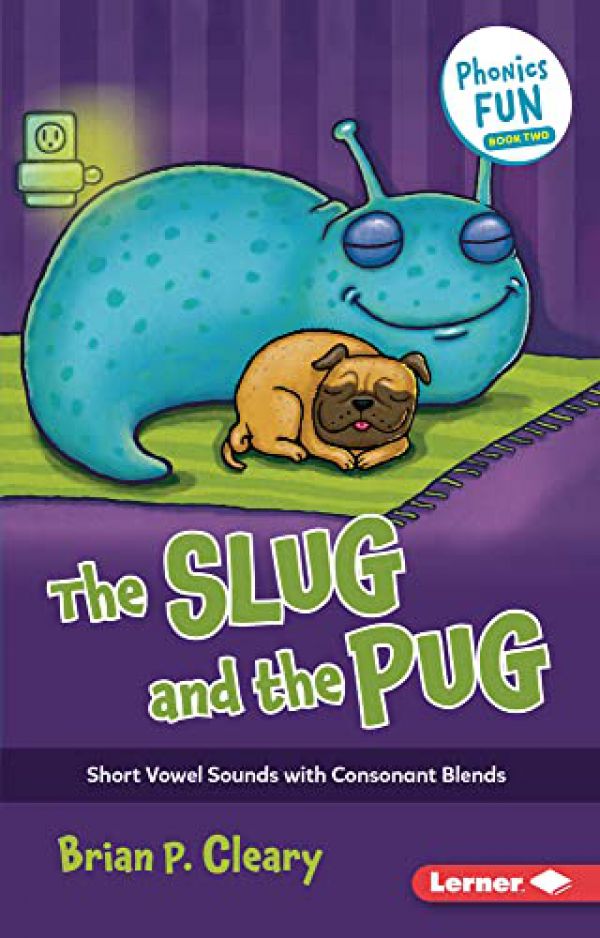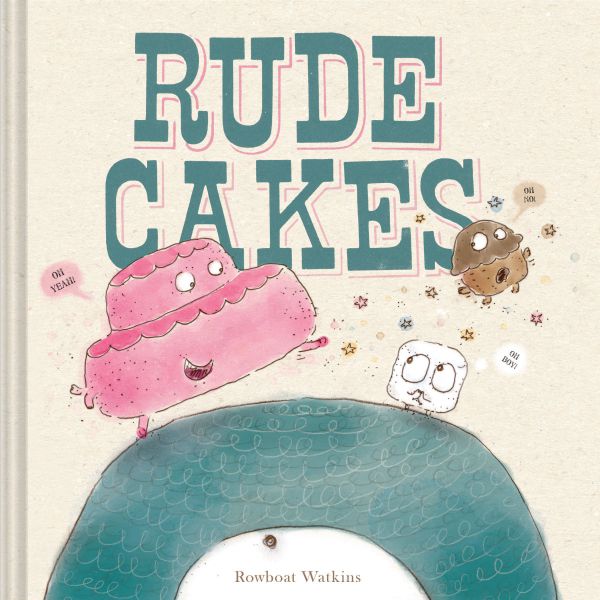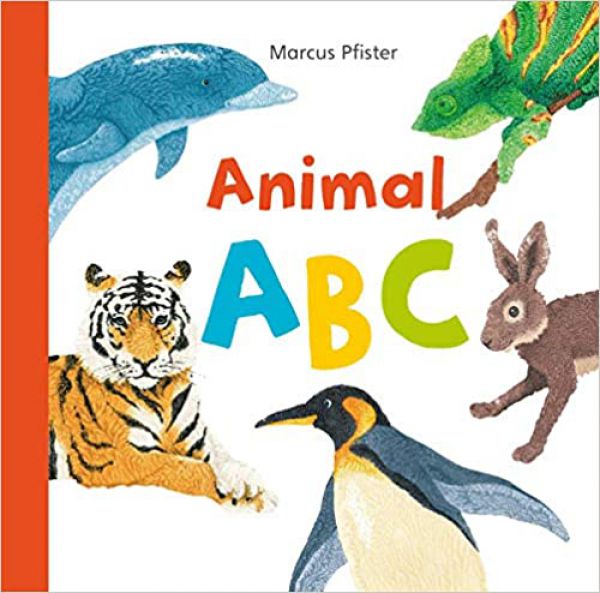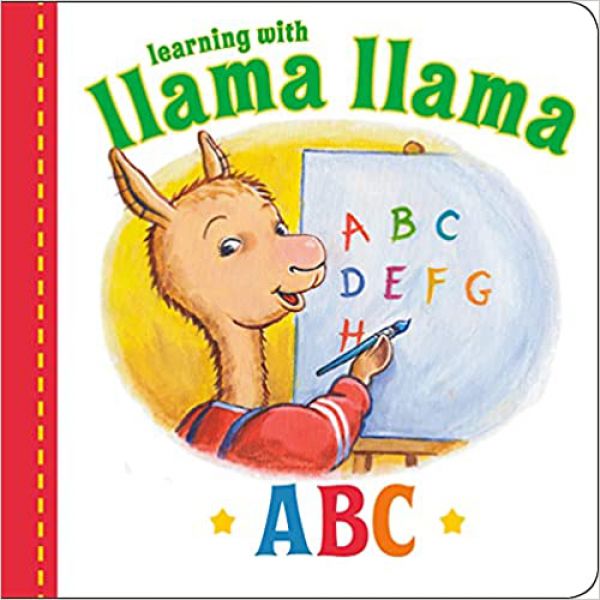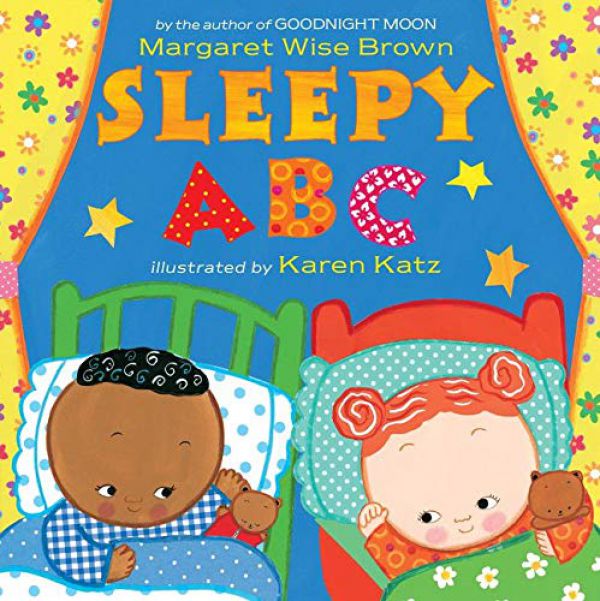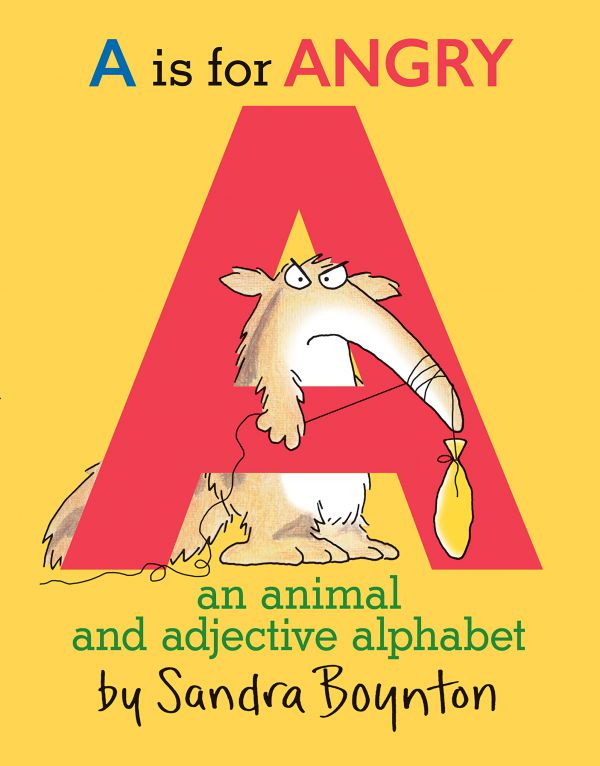-
The Ins and Outs of Character Traits
Welcome back to a new school year!Since the school year is in full swing, we will be continuing our Literacy Blog to provide some fun tips and activities for beginning, independent, and emerging readers. We ended our series with identification of the story setting. This month, we will be focusing on another Story Element- Character Traits.

What is the purpose of identifying character traits? Character traits help readers understand the characters in a story. It helps the reader to understand why the characters do what they do.
A Character Trait is a description of a character in the story. These traits can be outer or external traits or inner or internal traits.
Outer traits or external traits are easier to introduce. These are traits that are physical. Ask yourself; what can I see?
Some examples of outer or external traits are eye color, height, hair color, etc.
Inner or Internal traits can be a little tougher to identify because these are traits you must infer (inferring is when you use clues the author gives you and your own knowledge to recognize traits) in order to determine something. Ask yourself; what clues is the author giving me? What do I know about that?
Some examples of internal traits are what a character says, actions they do and feelings, or thoughts they have. An example of an internal trait is “Jean went over to console a friend who was crying.” This may be an example of a character being sympathetic, because they are empathetic towards a friend who is unhappy.
You can apply this to any book (board books, picture books, and chapter books.)

Here are some books that showcase Character Traits
 Activities
Activities The following activities will provide practice in identifying external and internal traits of characters you encounter as you read.
Activity: What Are Your External and Internal Traits?
- You will need 2 body outline templates; these can be found online, or you can draw them yourself. Label one sheet, “External Traits,” and label the other, “Internal Traits.” (see the images below)
- Identify your External Traits: Begin by focusing on your External Traits. (External Traits are your appearance) Use adjectives to describe your appearance, or your External Traits. What color is your hair? What color are your eyes? Describe your height. Write these describing words on the “External Traits” sheet. Write the words on the outside of the body image.
- Once you have documented your External Traits, use the second image to describe your Internal Traits. Remember, these traits cannot be seen from the outside. (Internal Traits encompass your personality, emotions, skills, and interests)
Write these words on the inside of the body outline.
*Personality traits: friendly, confident * emotions (grumpy, sad),
*Skills (artist, athlete) * interests (reading, cooking).


By following these directions and using body outlines on paper to describe External and Internal Traits, you can create a visual representation of any individual or character.
Extend and Explore
In the story Nobody Hugs a Cactus by Carter Goodrich, Hank changed his feelings and attitude (internal traits) during the story. Draw a picture of Hank at the beginning of the story, and another picture of him at the end of the story. You can see how Hank’s unique traits contributed to his personality and played a role in how the story develops.
Activity: Which Wall
This fun activity helps to explore and understand different character traits and will help your reader understand the difference between External and Internal Traits.
1. Gather two index cards. Write EXTERNAL TRAITS on one card & INTERNAL TRAITS on the other card.
2.Tape the cards on opposite walls.
3. Have your reader stand in the middle of the room.
4. Say a character trait and your young reader will go to the wall it matches. For example, if you say “bossy”, they will go to the “Internal Traits” wall.
Need a wordlist to get you started? Here are a few suggestions:
External Traits tall short brown hair fuzzy tail freckled well dressed floppy ears green eyes Internal Traits bossy lazy curious alert jealous shy outgoing creative Extend and Explore
Using several index cards, write different character traits on each card. Place the cards, face down, and take 1 card from the pile. Without anyone else seeing the card, the reader will describe a scenario or situation that exemplifies the word on the card. For example, if the card says “honesty” the reader might describe a situation where someone finds a lost wallet and returns it to its owner.

Practice Makes Perfect!
Understanding character traits is important to help a reader understand the story. Identifying character traits can help the reader understand a character’s motives, feelings, and actions. You can practice identifying external and internal traits in any book. Your reader can even think about external and internal traits of themselves or family members.
Be sure to check out our Beginning Reader and Early Learning Kits, available in the YS Department.
 Youth Services Assistant Librarian Erin
Youth Services Assistant Librarian Erin Youth Services Assistant Librarian Karen
Youth Services Assistant Librarian Karen -
Setting
What’s in a story? Story Elements
Setting:
A story's setting can be best described as the location, time, or time period of the story. It’s the where and when of a story. Some stories have a simpler setting, such as one place or location in which the story is set. As your reader progresses in their reading ability, storylines become more complex. Settings and the time period can occur in different locations throughout the story.
The setting of the story is powerful because it has a direct impact on what the characters experience in the story.
Questions to ask while reading with your child:
- What is the weather like? (Is it sunny, hot, snowing, etc.)
- Is it dark or light when the story takes place?
- What year or season is it?
- What does the environment look like? (forest, house, farm)
Here are some great books that showcase settings.
Activity: Setting Match Up
Read (or listen to) the following passages. Use context clues to identify the setting of each passage. Match the labels to the correct passage.
Extend and Explore:
Write your own setting for the two remaining word cards you didn’t use. Be descriptive and use details about the sights and sounds of your story. Then draw an illustration to fit the story/setting.
Activity:Calling All Artists
Goldfish on Vacation is a true story that occurred during the summers of 1992 to 2005. Read the story aloud to your young reader. Have your young reader think about where the story takes place. After listening to the story, have your reader draw a picture of the setting of the storywhile maybe even enjoying goldfish crackers.
Explore and Extend:
*After creating the illustration, use craft sticks to make a frame. You can also glue the illustration onto a deli tray.
*Play I-Spy -“I spy with my little eye…” using the last two pages of Goldfish on Vacation. This is an excellent activity for your young reader to practice describing, listening, and searching.
*Discuss the setting of the story and how the story might be different if it had taken place in a rural area or in the autumn. How would the story be different?
Activity:Compare & Contrast
After listening to Cloudy With a Chance of Meatballs, compare and contrast the town of Chewandswallow with your hometown.
Compare & Contrast
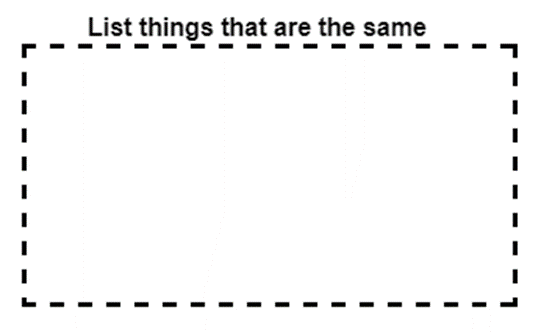
Extend and Explore:
Where would you rather live; in your town or in the town of Chewandswallow? What is your reason for your choice?
I would rather live in _______________because ___________________________________
Understanding the setting of a story is a key aspect to reading comprehension. The setting impacts the characters and the story's mood. It also helps to connect story elements, such as the characters, problems, solutions, and conclusions.
Have fun and explore, with your reader, other pictures books, or novels. Remember to apply some of the fun techniques and questions shown above or create your own!
Have fun and keep reading.
Be sure to check out our story kit in the Early Reader Kits, available in the YS Department.
 Youth Services Assistant Librarian Erin
Youth Services Assistant Librarian Erin Youth Services Assistant Librarian Karen
Youth Services Assistant Librarian Karen 2023 Summer Reading Secret Code: DISCOVER IDEAS
-
GOOOO Vowel Teams!
In our last literacy blog, Let’s Hear It For The Vowels, we introduced vowels a,e,i,o,u , sometimes y, and the sounds they make. Now it’s time to start talking about how vowels work as a team. That’s right, sometimes vowels team up, just like your favorite sports team. These teams work together to make a specific sound. Go team!
There are a lot of vowel teams out there. For our post today, we’re going to focus on beginning vowel teams.
Fast Tip: Keep in mind, vowels can be tricky because there are no set rules that apply to vowels all of the time. The "rules" are more generalizations.
But, with a little patience and practice, your emerging reader will be a pro in no time!
Your Vowel Team Starting Lineup
Let’s start learning about teamwork with vowels by introducing our starting lineup of vowel teams. These teams are the most common, and the most mighty!
Long A Team ….-ai, -ay, - a_e (long a words: paint, say, game)
Long E Team ….–ea, -ee, e_e (long e words: reach, tree,eve)
Long O Team….. -oa, -oe, o_e (long o words: boat, toe, cone)
Long U Team….-ue, -ew, u_e (long u words: glue, few, cube)
Fast Tip: The two vowels in a vowel team work together to make one vowel sound so they can’t be split up.
After your reader is successful with these vowel teams, you can expand your line-up by introducing other combinations.
The Tricky Teammate: Silent E
A common teammate in words is the silent e. Sometimes the vowel e can get a little sneaky and remain silent. This can happen when the e comes at the end of the word and there is a consonant between a vowel and the letter e.
For example, the word take is pronouncedtāk because the e remains silent.
Vowel Consonant e (V_e) is when one vowel is followed by a consonant and the letter e.
Examples of vowel, consonant, and “silent e” are:
a_e game (silent e makes letter a say its name)
e_e eve (silent e makes letter e say its name)
I_e bike (silent e makes letter i say its name)
o_e cone (silent e makes letter 0 say its name)
u_e cute (silent 3 makes letter u say its name)
Ready to get to know more about your vowel teams? We have some great books in the library to add to your practice!
Teaching and Practicing Each Vowel Team
Lace up your tennis shoes and grab your gear, it’s time to practice with your vowel teams! Here are a few activities you can do anytime to introduce and reinforce vowel teams.
GAME PLAN for teaching each vowel team: (Teach one vowel team per week)
Select the vowel team you wish to introduce, and create word cards that focus on that one vowel team. List provided below for your convenience.
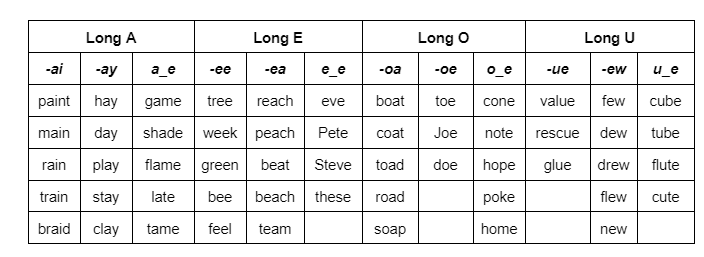
ai and ay are great vowel teams to start with because they are common and have a predictable pattern.
Read aloud the word cards (do not show words or word cards) to your young reader. Prompt your student by saying, “What common sound do you hear in these words: “rain, paint, train.” (Student identifies long a sound by hearing and has not yet seen the words or letters)
When your young reader is ready, have your young reader practice decoding word cards by highlighting the vowel team and saying aloud the corresponding sound. When your young reader highlights the vowel teams, it helps them remember the teams by emphasizing the letter patterns and their corresponding sound.
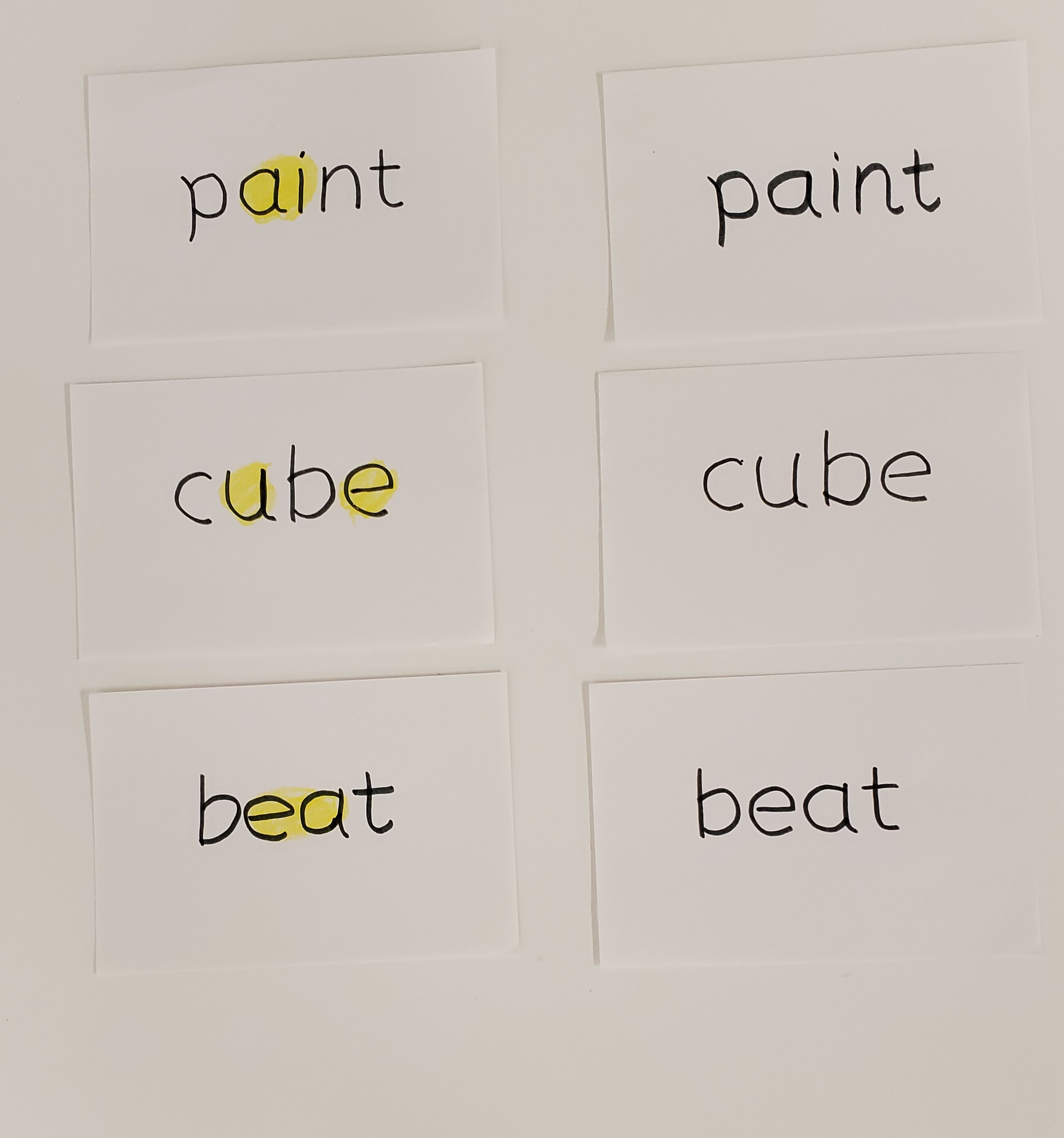
GAME PLAN for Practicing Vowel Teams
This Activity is sure to be a SLAM DUNK!
Use a cup, a small container, or even a trash can. Take turns saying the word and the vowel team, then crumble the paper and shoot for a point!
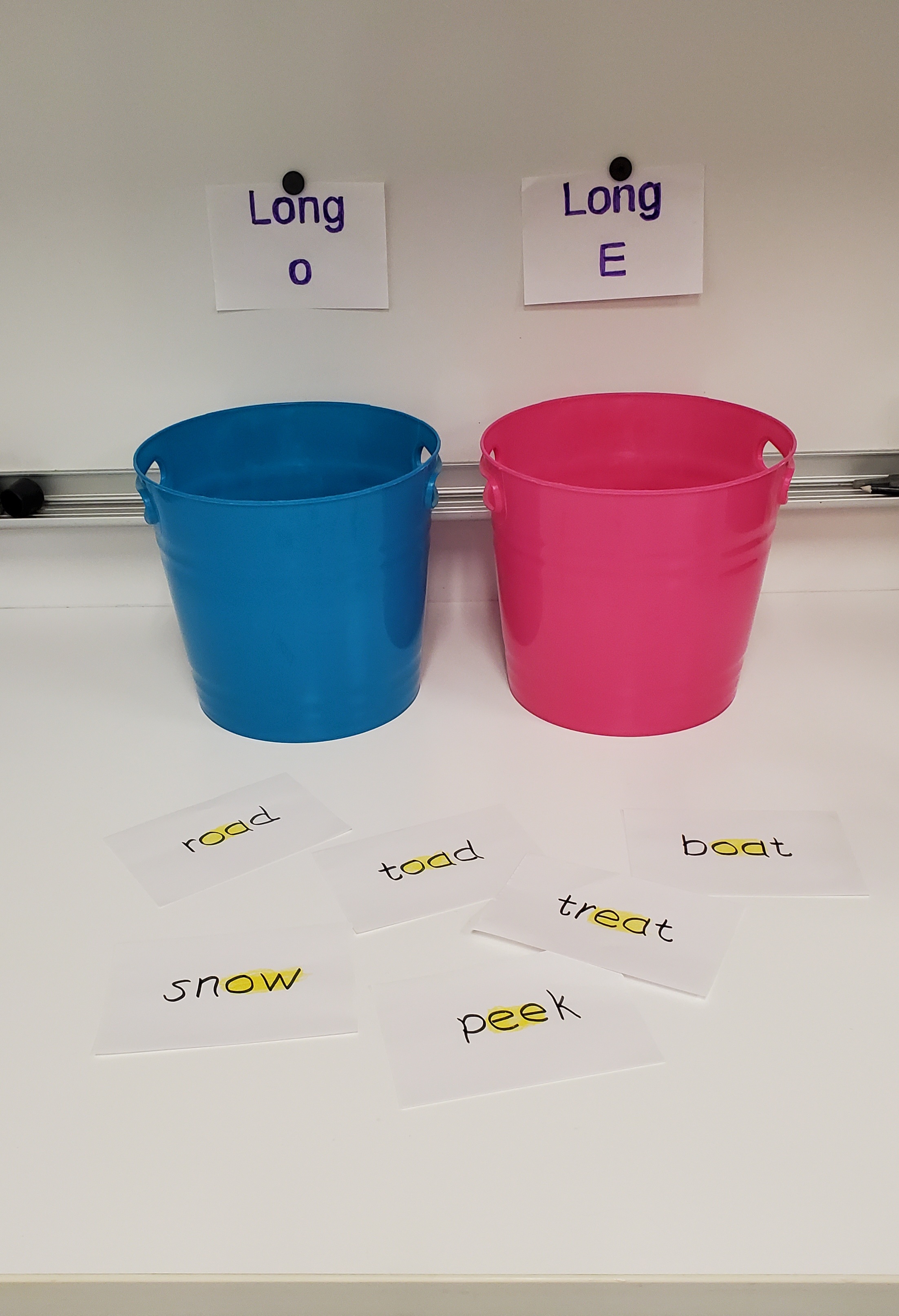
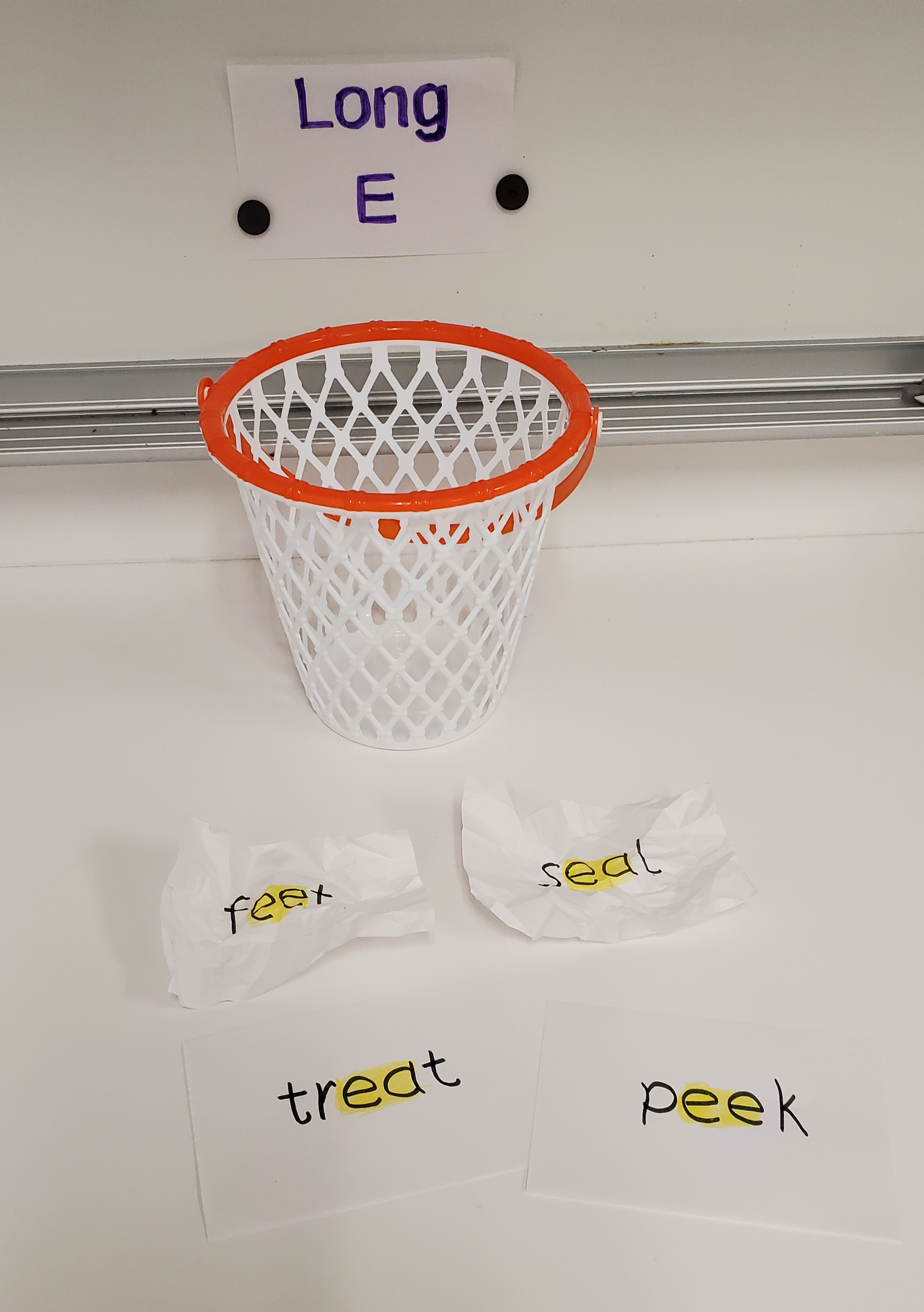
Extend and Explore
- ? For a challenge, add another container and word cards from two different “teams.” When shooting, be sure to choose the correct “basketball hoop” that corresponds with your word card/vowel team.
- ?Vary the distance from where you take the shot.
- Shoot from the closest spot (slam dunk) for 1 point.
- Shoot from the medium spot for 2 points.
- Shoot from the farthest spot for 3 points.
Yaaaay Team!
Cheerleaders always say, “YAY,” when they clap and cheer. Listen for the Long A sound, underline the spelling patterns for Long A, and then sort/ or write them, on the corresponding pom pom.
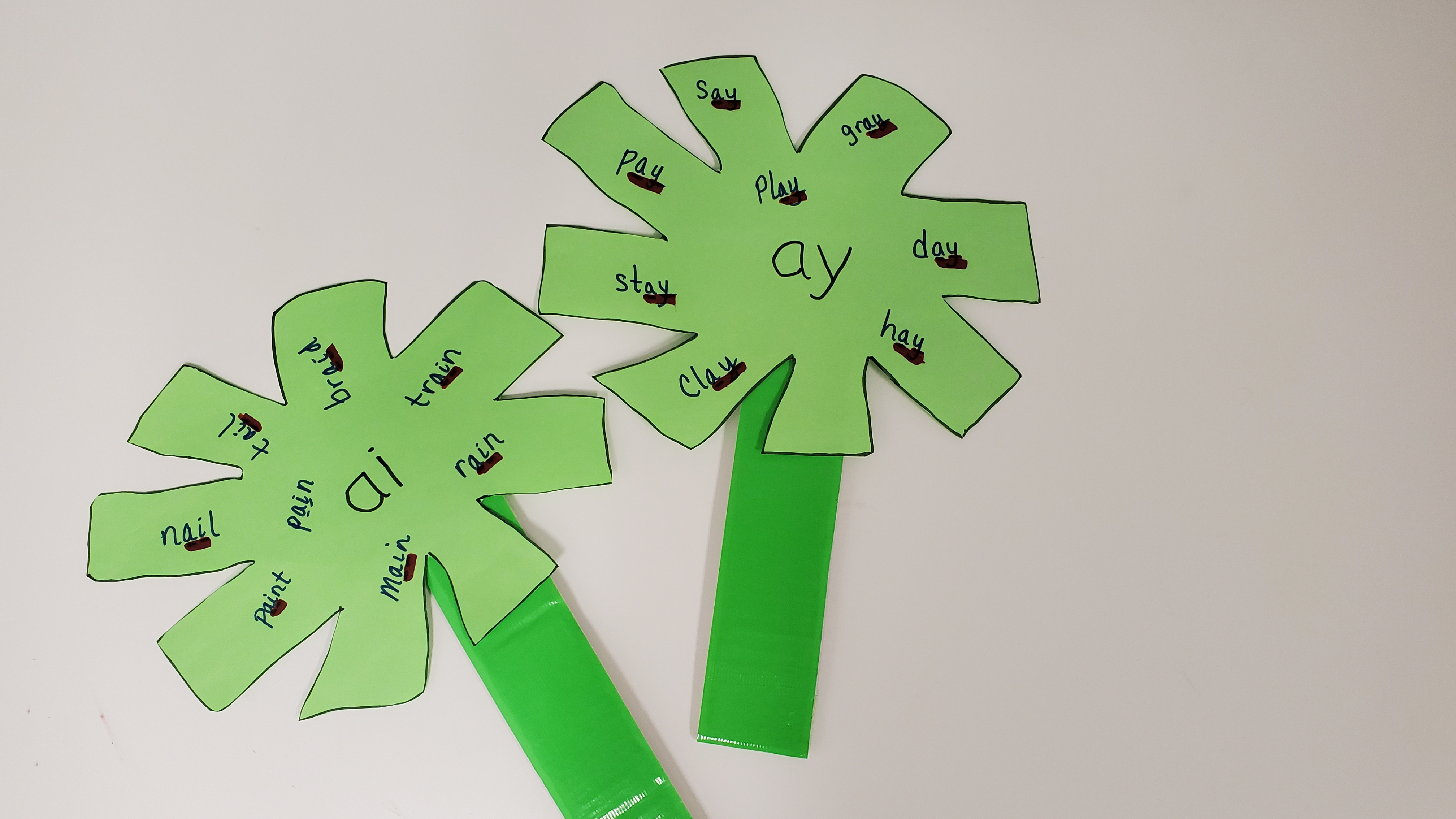
Extend and Explore
Create another pom pom that allows the vowel, consonant, silent e (a_e) word pattern. Say the word, write the word on your pom pom, and underline the spelling pattern. How many words are on your silent e pom pom?
Tongue Twisters and Poems
You and your beginning reader can create and write a silly poem or tongue twister. Help your beginning reader recognize vowel teams by highlighting the repeated sounds in the poem or tongue twister.
Extend and Explore
Repeated readings by your young reader is a practice that aims to increase oral reading fluency. A fun way to practice is to have your reader use different voices as they read. For example, read the poem/tongue twister using a robot voice, a mouse voice, a princess voice, or a cowboy voice. Be silly, have fun, and watch your reader grow in fluency and confidence!
Practice Makes Perfect!
Understanding word structure can be challenging. Like in anything in life, the more practice and exposure to a concept, the easier it will become for your reader. Be sure review, and if you see your reader getting frustrated, feel free to go back and review single vowel sounds or letter recognition. The most important thing to remember is to have fun!
Be sure to check out our Beginning and Early Reader Kits, available in the YS Department.
 Youth Services Assistant Librarian Erin
Youth Services Assistant Librarian Erin Youth Services Assistant Librarian Karen
Youth Services Assistant Librarian Karen -
Building with Vowels
Let’s hear it for the vowels!
Get to Know Short and Long Vowels
Recognizing letter sounds is a fundamental part of learning how to read. Now that your beginning reader is familiar with consonants, it’s time to introduce 5 (sometimes 6) letters that make it even easier to begin decoding words.Vowels – a, e, i,o, u, and sometimes y –are found in every word and can be tricky for new readers. However, a little daily practice at home can make vowel letters and sounds less intimidating.
Short vs. Long
Vowels are tricky because they can say different sounds, a long sound and short sound.
The long sound, like the i in light, is when the vowel says its name.
The short sound, like the a in cat, is when it has a specific sound.
When learning vowels and their pronunciation, you may see symbols above the vowels. These symbols tell the reader if the vowel is long or short.
- The long vowel sound symbol is a horizontal line above the vowel called a macron. They look like this: Ā or ā. For example; the pronunciation of light would look like this: līght.
- The short vowel sound symbol is a curved line above the vowel called a breve. They look like this: Ă or ă. For example; the pronunciation of cat would look like this:căt.
Fast tip: Many of the words that have a short vowel sound follow a pattern. This pattern is called CVC. Which means a consonant, a vowel, and another consonant.
For example: bed follows the CVC pattern. b ( consonant), e (vowel), and d (consonant).
Fast tip: The letter “y” is likely to make a long or short vowel sound when found at the end of a word.
For example:
In a one syllable word “Y” says “I” Example: cry, shy, try,
In a two syllable word “Y” says “E” Example: bunny, happy, city
Great reads that showcase vowels...
Activities to Try
Word Building
CVC words are an important tool for beginning readers, yet no hard hats or hammers will be necessary for this activity. The goal is to create words using consonant and vowel letters to become an expert word builder.
To begin:
1. Divide a plate or tray into thirds.
2. Create two labels similar to the ones shown below. ( VOWELS & CONSONANTS)
3. Create letter tiles using squares of paper, similar to what is shown below. Consonants are in black and vowels are in red. These can be created on a computer or they can be handwritten and cut out.
4. The bottom section will be used for the word you and your child build together.


Explore and Extend
Change it up: Give your child a word and then ask them to switch it to another word by changing one tile only. For example, if you made the word cat you can switch the first letter c to a b to make- bat.
Your beginning reader would select the one tile to change.
Word Ladders: Give 3 letter tiles to build a CVC word. Then switch the initial sound from “cat” to “bat” to “sat.”
Practice makes progress-make it a song!
Short vowel sounds, like consonant sounds, take a little practice.Try practicing short vowel sounds in familiar songs.You can sing these practice songs in the car, in the bathtub, or at the park.
Old MacDonald had a farm a-e-i-e-i-o.
And on that farm he had a cat.
With an {short a sound here} {short a sound here} here
And an {short a sound here} {short a sound here} there
Here an {short a sound here}
There a {short a sound here}
Everywhere a {short a sound here} {short a sound here}
Old MacDonald had a farm, a-e-i-e-i-o!
Example of a song using this trick
Old MacDonald had a farm a-e-i-e-i-o
And on that farm he had a hen
And on that farm he had a pig
And on that farm he had a dog
And on that farm he had a duck
Long vowels songs may include:
The song…..Row, Row, Row Your Boat.
Apples and Bananas.This song allows the singer to change the vowels to add more fun to the song.
For example: one of the lyrics replaces the short A with Long a. It would sound like: “I like to āte, āte, āte, āpples and bānānās.” The song continues to replace the vowels so kids can hear the sound those vowels make.
Letter Mark
Once the weather gets warmer, you canuse sidewalk chalk to write all vowels on the sidewalk.
Give your child a bean bag or water squirter and call out a letter for them to toss the bean bag or spray, tagging the correct letter. This works for calling out sounds as well.

Explore and Extend
Don’t forget to mix up lowercase and uppercase letters to make it a little more exciting and a lot more educational.
For an extra challenge mix up the letters so they are not in alphabetical order.
What Comes Next?
Remember, practicing sounds and letter recognition will help develop your child’s curiosity for reading, as well as the skills they will use to decode words. We are cheering you on!
Be sure to check out our Beginning and Early Reader Kits, available in the YS Department.
 Youth Services Assistant Librarian Erin
Youth Services Assistant Librarian Erin Youth Services Assistant Librarian Karen
Youth Services Assistant Librarian Karen -
The ABCs of Reading - Letter Recognition
The ABC's of Reading - Letter Recognition
Helping children with reading can appear to be a daunting task. You may be asking yourself; Where do I even begin?
We are here to help!
Each month, we will provide different books and activities to break down this large task while still having fun!
Let’s start at the beginning...Letter Recognition and Single Letter Sound. Establishing letter recognition is very important. You can practice anywhere! The key is repetition.
Fast Tip- Use upper case letters first. Once your child has a grasp on upper case, you can introduce lower case letters.
Here are some fun books you can read with your child to help identify the letters of the alphabet and the sounds they make.
Activities to Try
Alphabet Soup
This “souper” fun activity is a great way for your child to practice letter recognition and letter sounds.
To begin:
- Fill a large plastic container ⅔ full of water.
- Then add 10 to 12 plastic letters and a ladle to the container.
- Place a small bowl and a spoon next to the large container. Have your child (you too) put on a pretend chef hat. Invite your little one to stir the pot and scoop out a letter while chanting:
“Stir the soup, it makes it taste better.
Now use the ladle to get a letter!”
- Have the child use the ladle to pull out any letter of their choosing and tell you what letter it is and/or its sound.
- Then place the letter in the small bowl.
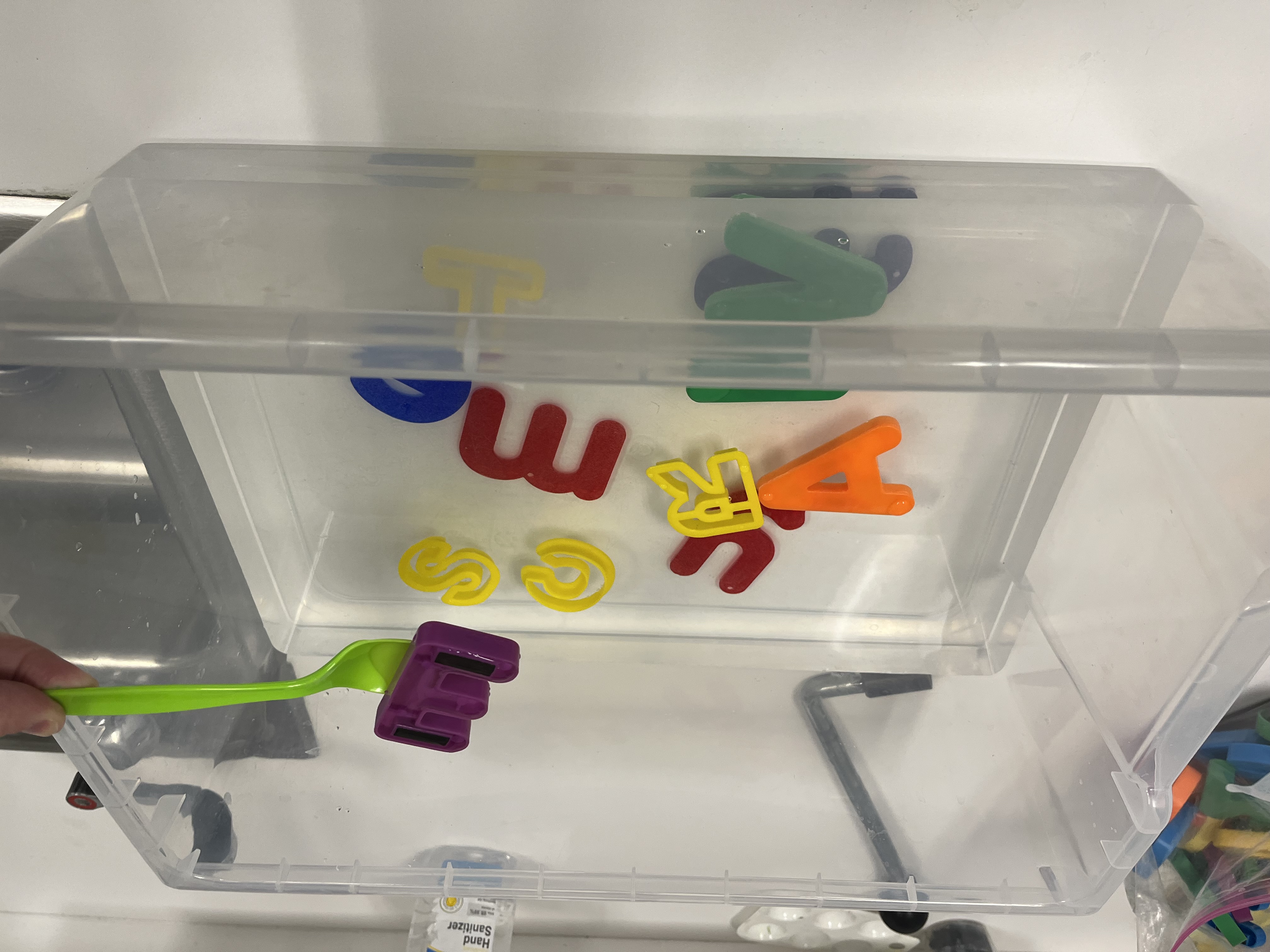
Extend and Explore:
Talk about the sound the letter makes and think of a word that begins with that sound.
Make some recipe cards. Read the cards to your little one, asking them to retrieve the necessary letters for the recipe. “This recipe needs a letter C and a letter E. Then, the recipe tells us to stir the letters together to make a yummy treat.”
Variation of the Activity:
Don’t want to use water? Modify the activity by placing the plastic letters in a pot, and retrieve the letter(s) using tongs or a large cooking spoon. Continue the activity as directed above.
Sensory Writing Trays and Sensory Play
You can make a sensory tray using ingredients found in your kitchen (salt, sugar, baking soda, just to name a few) and use what works best for you and your family. The easiest way to create the writing tray is to use a thin layer of the ingredient you choose.
The purpose of the tray is to allow young children to practice letters or pre-writing strokes without the stress of trying to write on lines with a pencil.
To begin:
- Model letter formation on the tray, making sure letters are formed from top to bottom.
- Have your little one trace the letter if necessary. Children can use the pointer finger of the dominant hand to trace the letter.
- After forming the letter with their finger, kids can gently shake the tray from side to side to “erase” the writing.
- Cards can be used as a visual model for forming letters. Position the cards inside the tray for near-point copying.
- For a younger child, simply making different sorts of lines (diagonal, horizontal, and zig-zag) is great pre-writing practice as well.
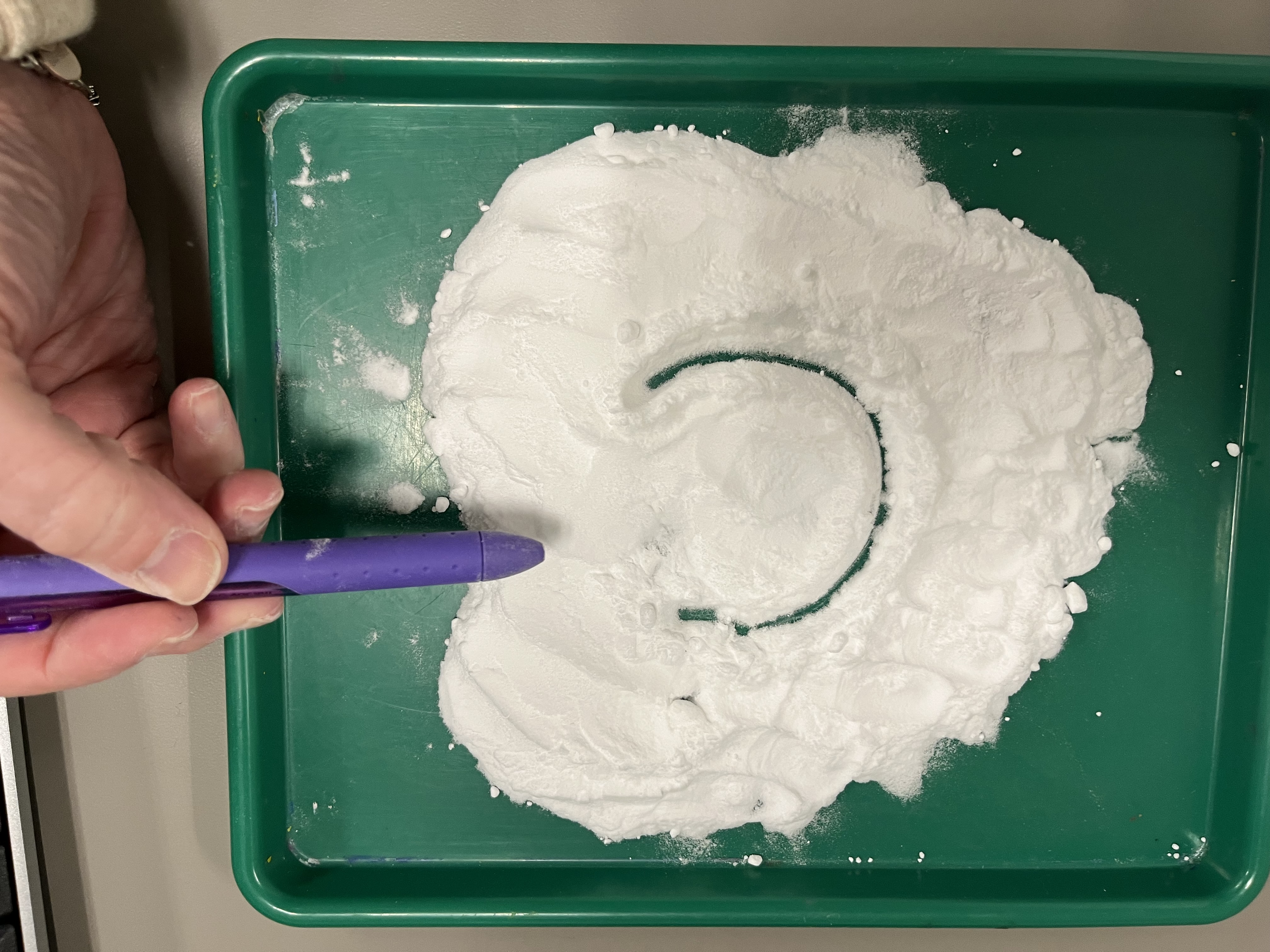
Extend and Explore:
*Other writing “tools” may include items found in the home such as: craft stick, chopsticks, cotton swab, or eraser end of a pencil.
Letters are Everywhere!
No matter where you go, you have an opportunity to see letters, at the grocery store, in the library, on clothes! What better way to review and practice the alphabet than to see letters in everyday life? Seeing letters in a variety of fonts, colors, and sizes, will also help your child get ready for reading.
Here are some activities you can practice anywhere!
- You can play "I spy” on a walk “I spy something that makes the mmmmmm sound.” See if your child can identify what makes that sound.
- If you are at a restaurant, you can have your child point to different letters they see on the menu. “Can you find all the T’s and S’s?”
If you are getting groceries, before entering the store, pick a letter or two that your child can find while shopping. “Can you find the letter B throughout the store?” “Can you find items that make the “B” sound?”
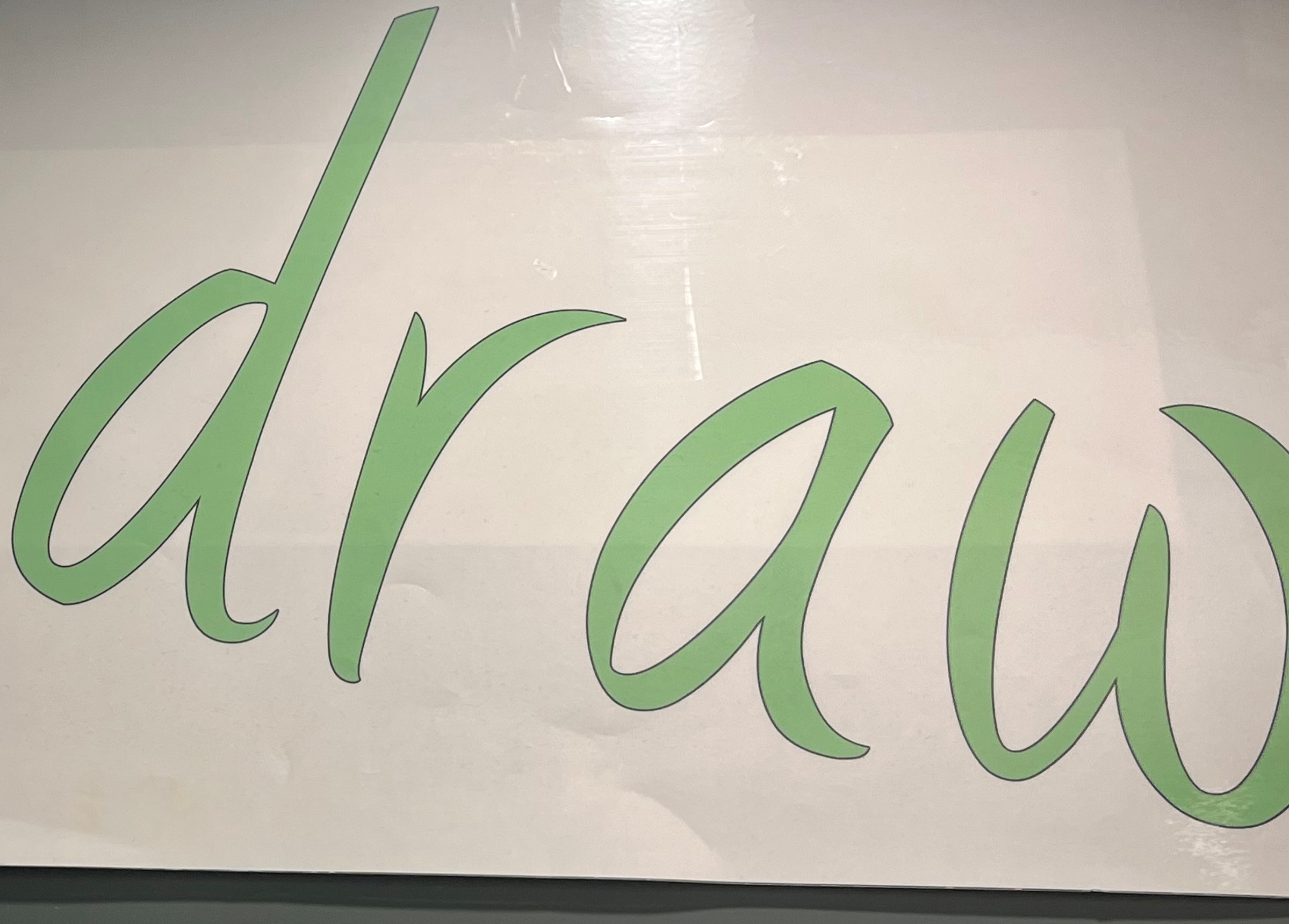


Have fun while exploring letters and sounds!
Next month we will be blogging on vowels! Stay tuned!
Be sure to check out our Beginning and Early Reader Kits, available in the YS Department.
 Youth Services Assistant Librarian Erin
Youth Services Assistant Librarian Erin Youth Services Assistant Librarian Karen
Youth Services Assistant Librarian Karen -
Beginning Reader Kits
We have a new line of Backpacks in the Youth Department! These are the Beginning Reader Kits - a set of nine backpacks designed for pre-readers and beginning readers. There are games, BOB Book sets, and other activities to do that will introduce and build reading concepts. The kits are: CVC Words, Letter Recognition, Word Recognition, Sight Words 1 + 2, Rhyming, Word Families, Word Building, and Storytelling. Find all nine kits in our catalog to see the contents of each kit and to place any of them on hold. If you check any out, be sure to let us know what you think by filling out the provided comment card!

Be sure to check out our other kits as well! STEM Kits, Early Learning Kits, and Board Games are all available in the Youth Department!
 Youth Services Assistant Librarian Claire
Youth Services Assistant Librarian Claire

